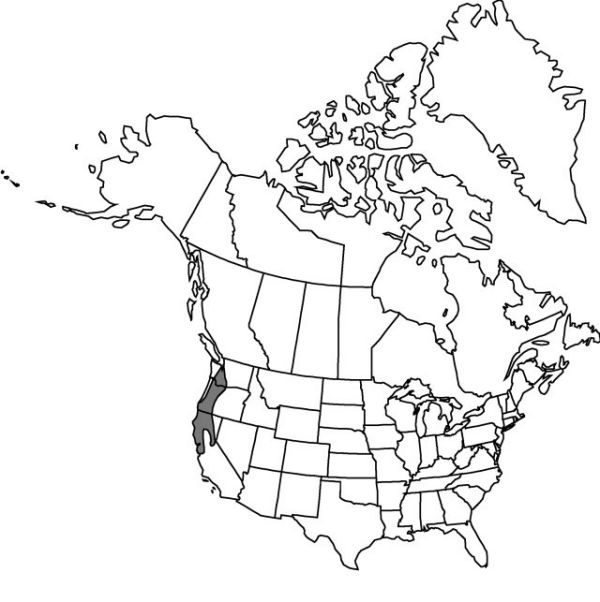Difference between revisions of "Dichelostemma congestum"
Enum. Pl. 4: 470. 1843.
FNA>Volume Importer |
FNA>Volume Importer |
||
| Line 11: | Line 11: | ||
|name=Brodiaea congesta | |name=Brodiaea congesta | ||
|authority=Smith | |authority=Smith | ||
| + | |rank=species | ||
|publication_title=Trans. Linn. Soc. London | |publication_title=Trans. Linn. Soc. London | ||
|publication_place=10: 3, plate 1. 1811 | |publication_place=10: 3, plate 1. 1811 | ||
| Line 17: | Line 18: | ||
|name=Hookera congesta | |name=Hookera congesta | ||
|authority=(Smith) Jepson | |authority=(Smith) Jepson | ||
| + | |rank=species | ||
}} | }} | ||
|hierarchy=Liliaceae;Dichelostemma;Dichelostemma congestum | |hierarchy=Liliaceae;Dichelostemma;Dichelostemma congestum | ||
| Line 41: | Line 43: | ||
-->{{#Taxon: | -->{{#Taxon: | ||
name=Dichelostemma congestum | name=Dichelostemma congestum | ||
| − | |||
|authority=(Smith) Kunth | |authority=(Smith) Kunth | ||
|rank=species | |rank=species | ||
| Line 56: | Line 57: | ||
|publication year=1843 | |publication year=1843 | ||
|special status= | |special status= | ||
| − | |source xml=https://jpend@bitbucket.org/aafc-mbb/fna-data-curation.git/src/ | + | |source xml=https://jpend@bitbucket.org/aafc-mbb/fna-data-curation.git/src/f50eec43f223ca0e34566be0b046453a0960e173/coarse_grained_fna_xml/V26/V26_668.xml |
|genus=Dichelostemma | |genus=Dichelostemma | ||
|species=Dichelostemma congestum | |species=Dichelostemma congestum | ||
Revision as of 20:51, 16 December 2019
Leaves 3–4, 4–35 cm; blade strongly keeled, ± glaucous. Scape self-supporting, with occasional bends, 30–80(–90) cm, ± scabrous. Inflorescences racemose, very dense, 6–15-flowered; bracts pale purple to green, widely lanceolate, 6–12 mm. Flowers horizontal or erect; perianth bluish purple, tube unangled, narrowly ovoid, slightly constricted above ovary, 8–10 mm, lobes ascending, 8–10 mm; perianth appendages 1 per stamen, each coalescent to an inner and outer tepal, leaning away from inner anthers to form corona, erect, purplish, narrowly lanceolate, 5–6 mm, apex deeply 2-fid into 2 wings; stamens 3, equal; anthers 4–5 mm; ovary sessile, 4–6 mm; style 5–6 mm; pedicel 1–6 mm. 2n = 18, 36.
Phenology: Flowering spring (late Mar–May).
Habitat: Open woodlands, grasslands near coast
Elevation: 0–2000 m
Distribution

Calif., Oreg., Wash.
Discussion
Dichelostemma congestum can be recognized by its congested racemose inflorescence and deeply bifid perianth appendages that stand away from the anthers to form a corona.
Selected References
None.